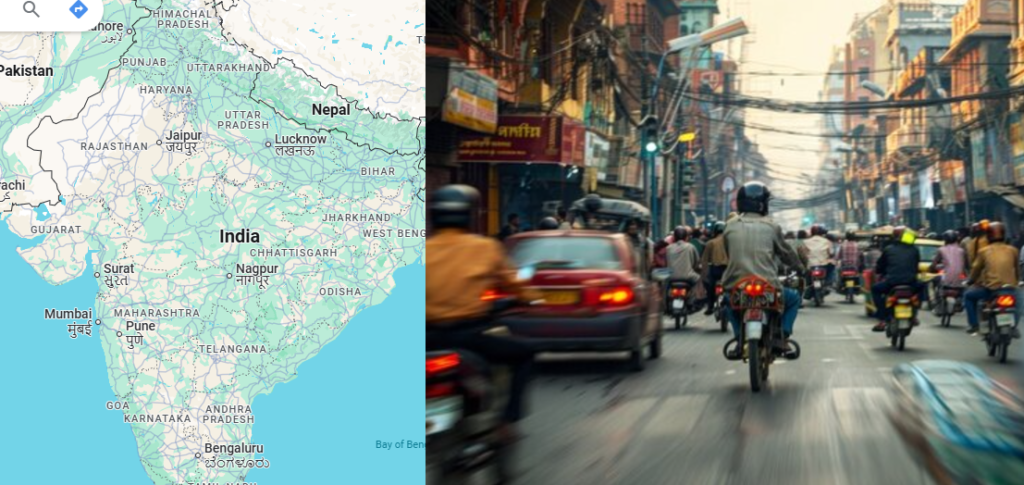
Travellers have historically struggled to navigate India owing to irregular different road street names and local peculiarities in place names. However, with the introduction of Google Maps, this huge challenge has led to new solutions that reconsider how we navigate the vast landscape of India.
Google Maps has transformed how people traverse the Indian street by offering precise and up-to-date information on route names, landmarks, and areas of interest. Using human-based computation data from users and local businesses, Google Maps has created a comprehensive and trustworthy google mapping system, making travel in India considerably simpler and more efficient.
Furthermore, incorporating real-time traffic reports and alternate routes has enabled users to avoid gridlock and save time on their commutes. Google Maps makes navigating from point A to point B in India simpler.
Table of Contents
How Did Google Maps Address India’s Street Name Challenges?
India, with its diverse cultural variety, has a distinct street naming system. A single street name may vary every few km or have several aliases adopted by residents.
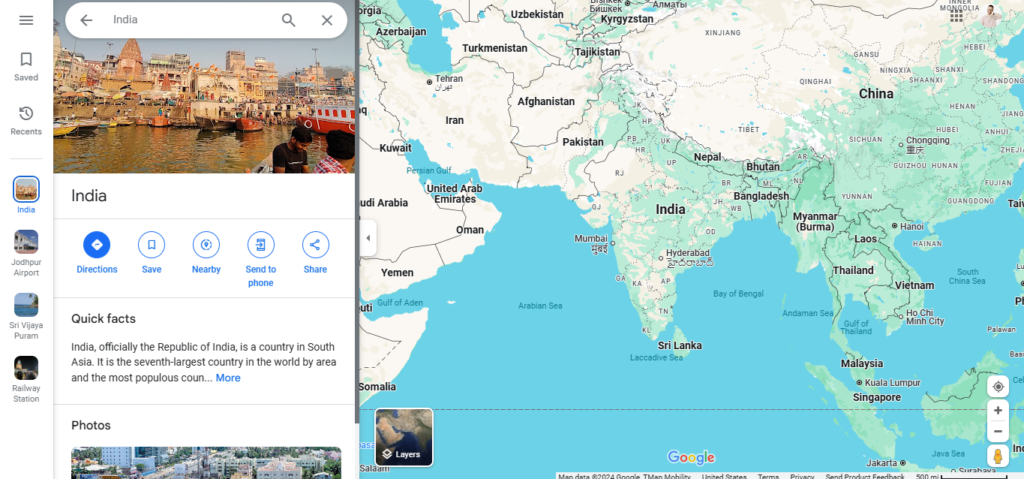
Google Maps addressed the issue by merging data from a variety of sources, such as local governments, polls, and Google My Business listings. This enables Google Maps to deliver accurate and up-to-date information on the constantly changing street names in various maps locations.

This method guaranteed that the location map accurately represented real-world complications. By combining insights from map of location data with user comments, Google India Maps converted a chaotic system into a more structured framework. This increased the accuracy and dependability of the information supplied to users.
What are the key street naming issues in India?
#1. Different Names for the Same Street: Different groups call many streets different names. Someone might contact a well-known “Chowk Bazaar” road name informally but legally “MG Road.”
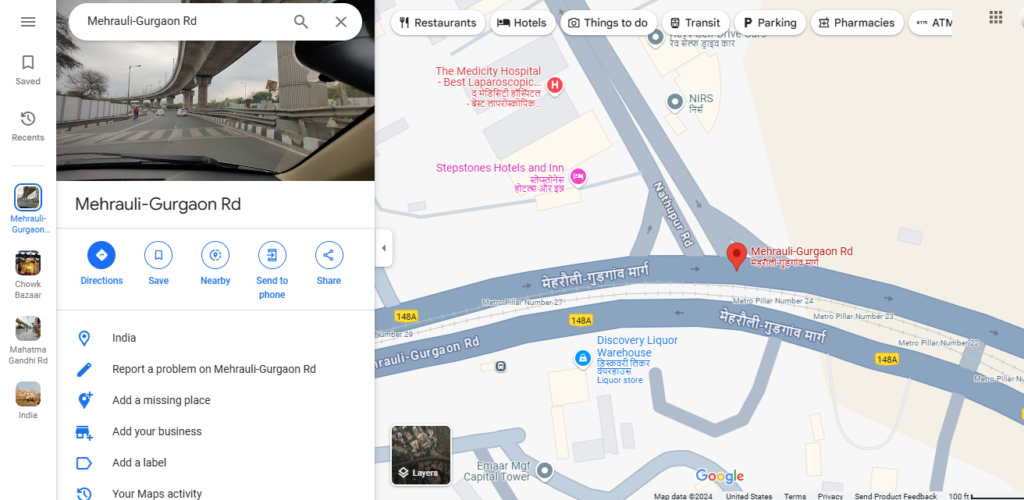
#2. Inconsistent Signage: When street names are missing or outdated, locals and tourists are left wondering.
#3. Pronunciation Problems: Differences in pronouncing words in different languages and cultures can confuse even the most experienced Google Maps users.
#4. Historical Name Changes: Streets whose names have been changed for political or cultural reasons can make google mapping systems less accurate and confusing.
How Did Google Maps Improve Navigation in India?
With a mix of AI, crowdsourcing, and mapping technologies, Google India Maps made it easier for its users to understand street names. They used information from Google Business Profiles and government sources to make the list of place names in India more exact.
With real-time changes, road street names could be fixed, and new street names were possible, making the platform lively and reliable. Google Maps India also added offline maps and voice-guided navigation to improve the user experience and make the app easier to use in places with slow internet. These changes have made it easier for people in India to find their way around and helped connect old-fashioned tracking systems with new technology. Also read: 10 Google Maps features that help me navigate more confidently
What Role Did Local Communities Play in This Solution?
Local groups played a big role in improving Google Maps. People in the area helped by making changes, sharing pictures, and providing more information about the names of streets in their area. Through programs like Local Guides, people were able to directly improve the Indian street scene on Google Maps.

By adding this local information, Google Maps India ensured that everyone could find even street and road names that were not very well known.
How Has Technology Facilitated Better Street Naming?
Through advances in machine learning and GPS technology, Google Maps was able to figure out India’s complicated network of streets.
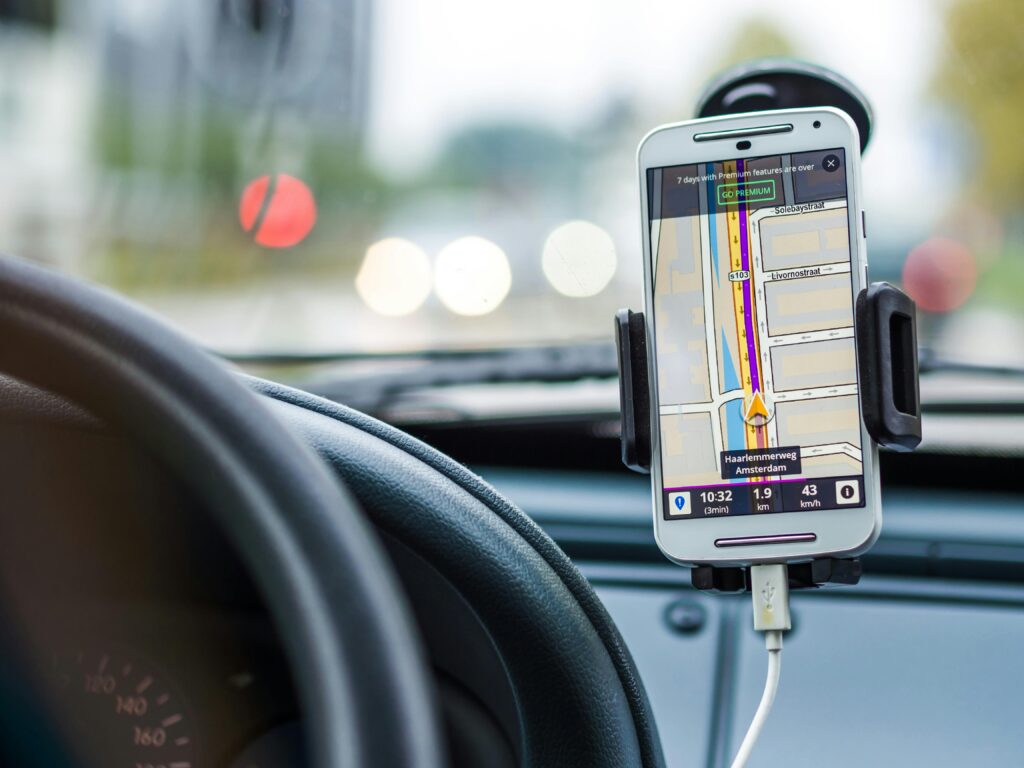
Automated programs looked at patterns in India maps, and humans checked their correctness. This app also helped people who don’t know English place names in India by adding features like voice guidance in regional languages. This made it easy for a wider range of people to find their way around.
What Impact Has This Had on Travellers in India?
Google Maps has changed everything for travelling both in and out of the country.
- Accurate Navigation: Being able to find odd street names and exact map places has made travelling much easier.
- Avoided misunderstandings: Correct street names kept language hurdles to a minimum while navigating.
- Offline Mode: Users can get parts of the India country map to download, which lets them find their way even when there isn’t good network service.
- Real-time traffic updates: travellers can plan their routes better and avoid traffic jams.
- Local Recommendations: Google Maps also gives you ideas for nearby sights, bars, and hotels, which makes travelling in India more enjoyable overall.
People Also Ask (FAQs)
Click to see the full list of Google Maps India FAQs
1. What should I do if I find an error on Google Maps?
You can report wrong street names or other information by clicking “Send Feedback.” Google usually checks the information and makes changes quickly.
2. Are all street names on Google Maps accurate?
Even though most street names are correct, there are times when they are not. Google invites users to add to the data to improve it.
3. How often does Google update its mapping data?
When Google updates its map of India, it uses satellite images, user feedback, and government records.
4. Can I use Google Maps offline?
You can download parts of the India map to see where you are even when you’re not online.
5. Is Google Maps available in multiple languages?
Sure, Google Maps is multilingual in India, so you can use the names of a street roads and places to find your way around.
Conclusion
Google Maps India has changed the way people move in India through teamwork, cutting-edge technology, and community involvement. This tool keeps setting new standards for travel, whether you’re looking for a street name or just want to look at the big and complex map of India.

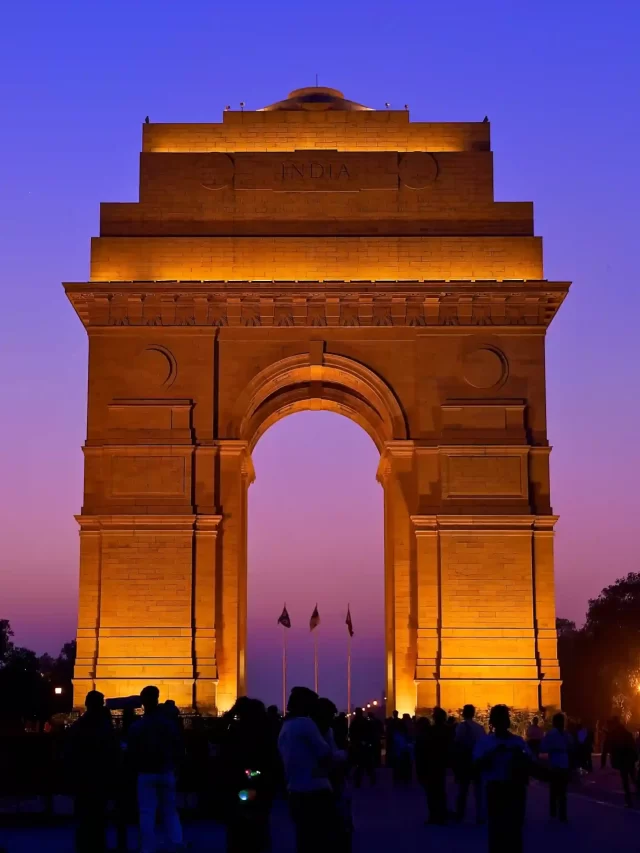
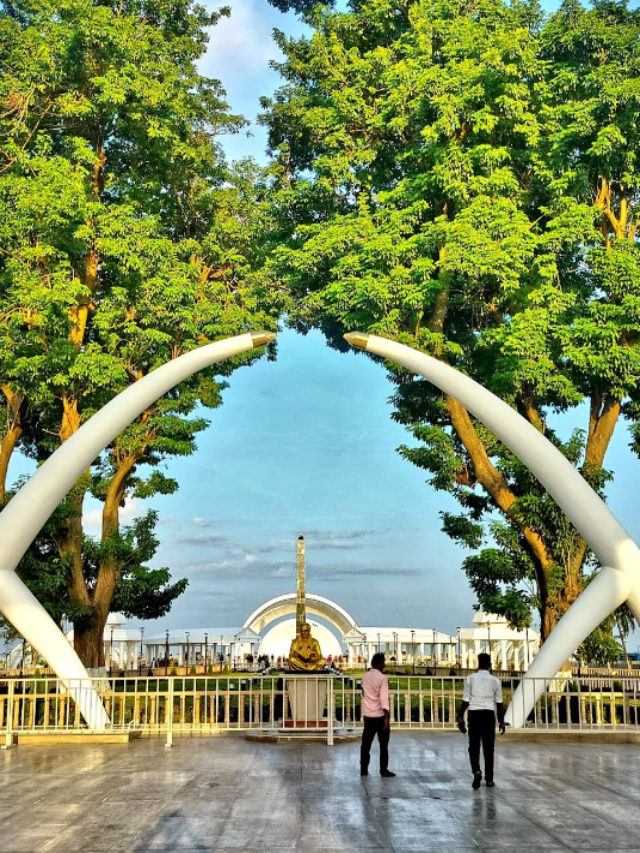
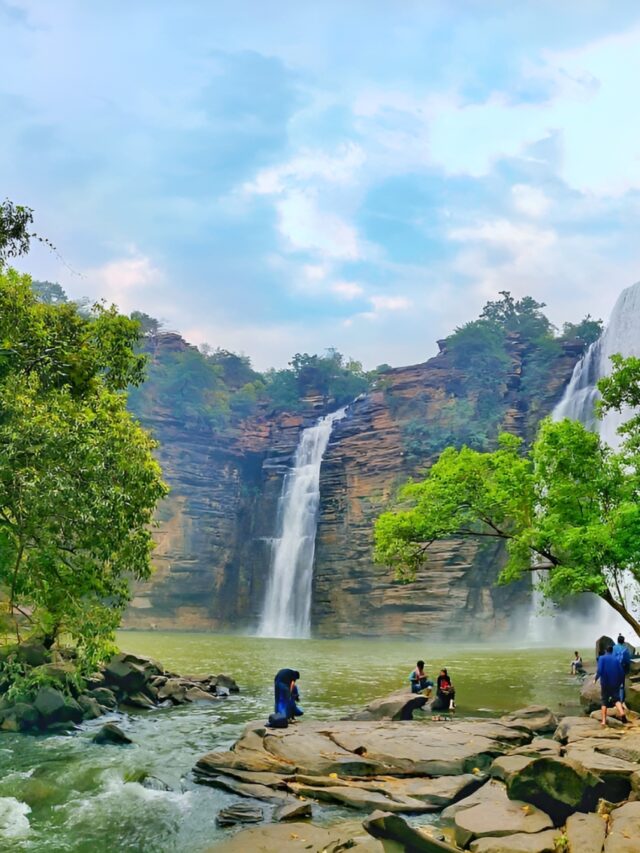

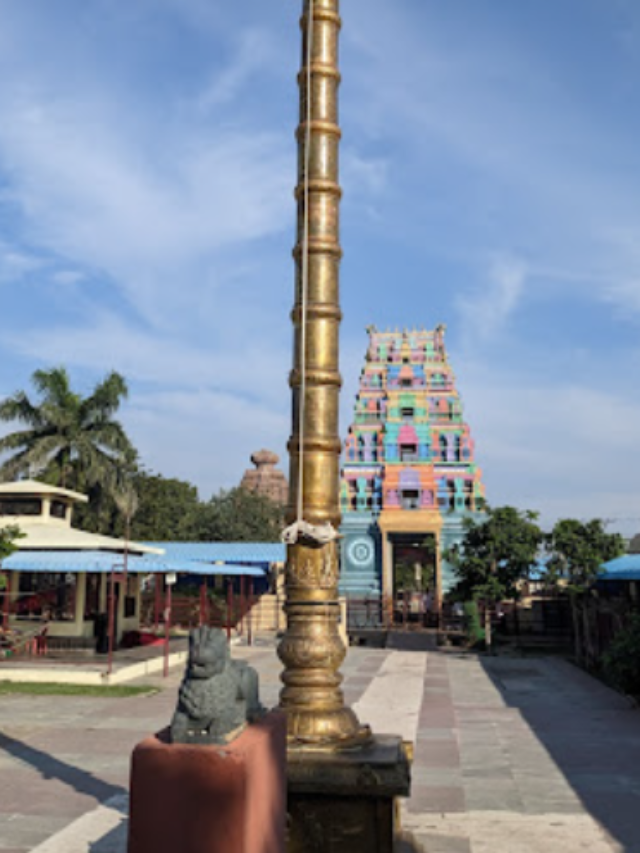

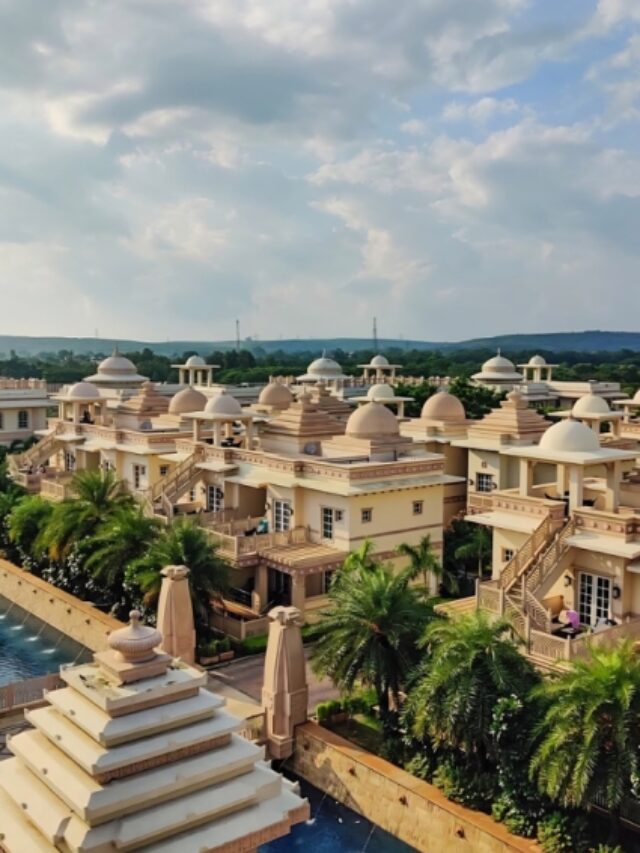
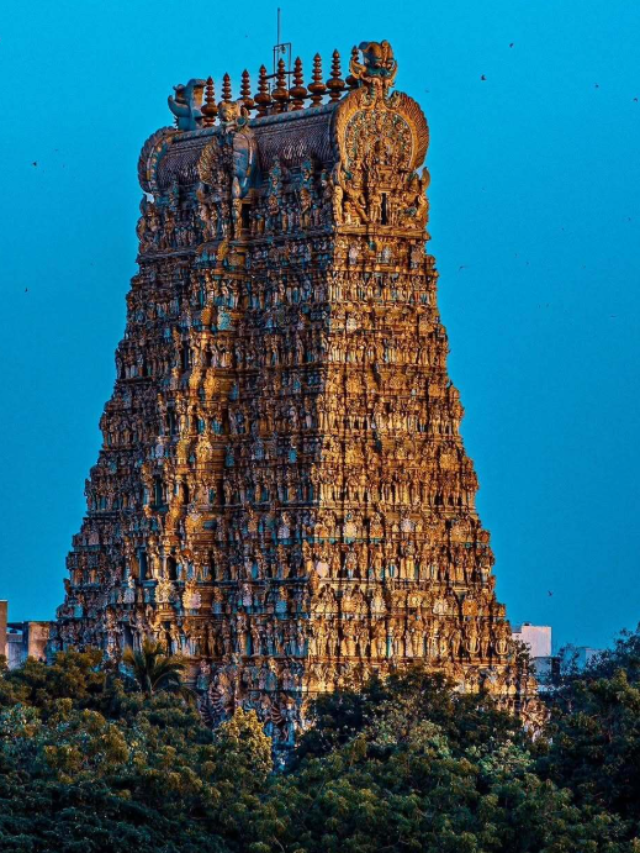

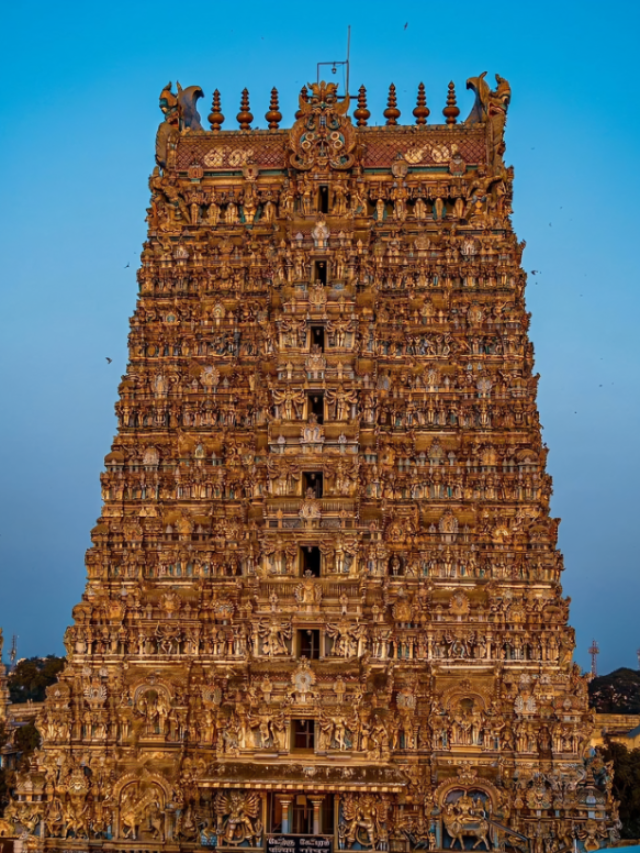

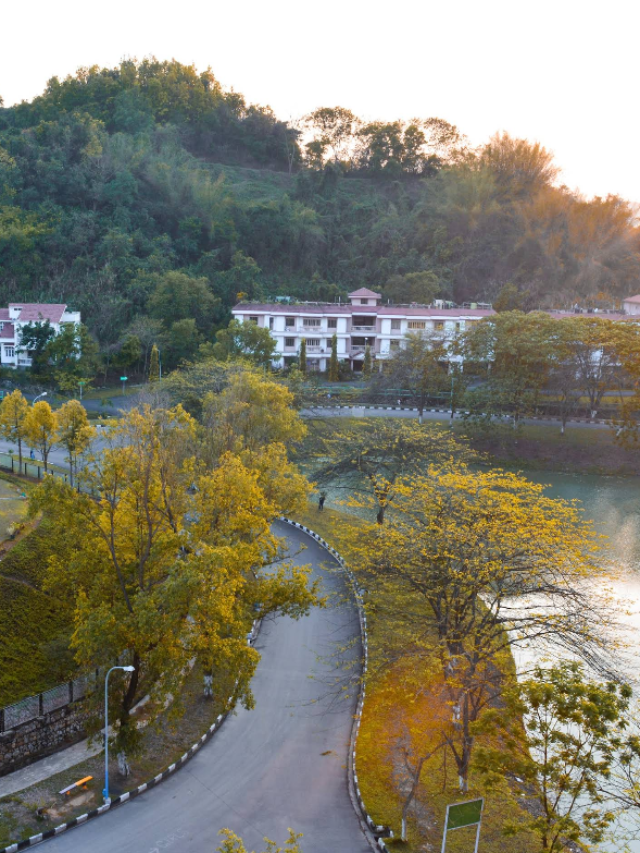






 2025: Visit the Most Photogenic Top 10 Zoos in India this March
2025: Visit the Most Photogenic Top 10 Zoos in India this March 

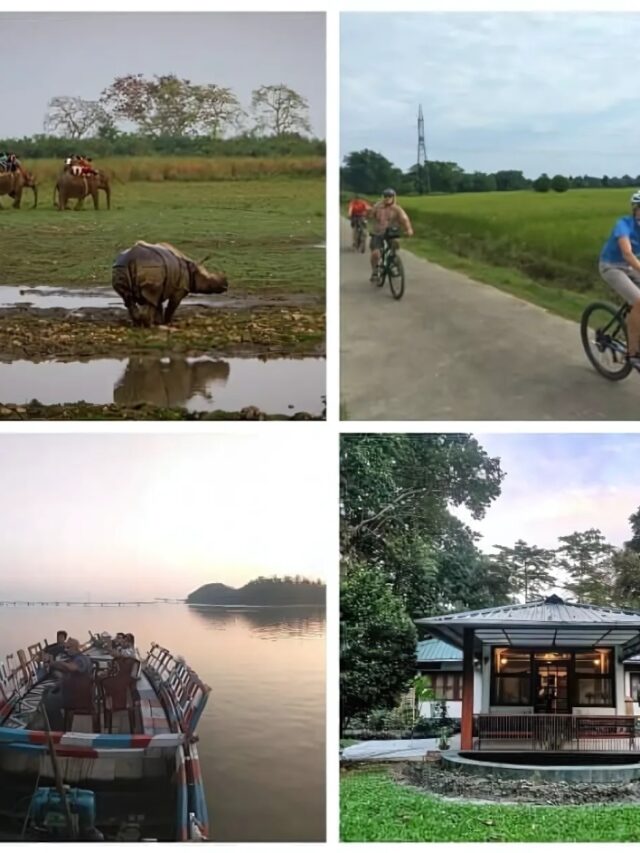


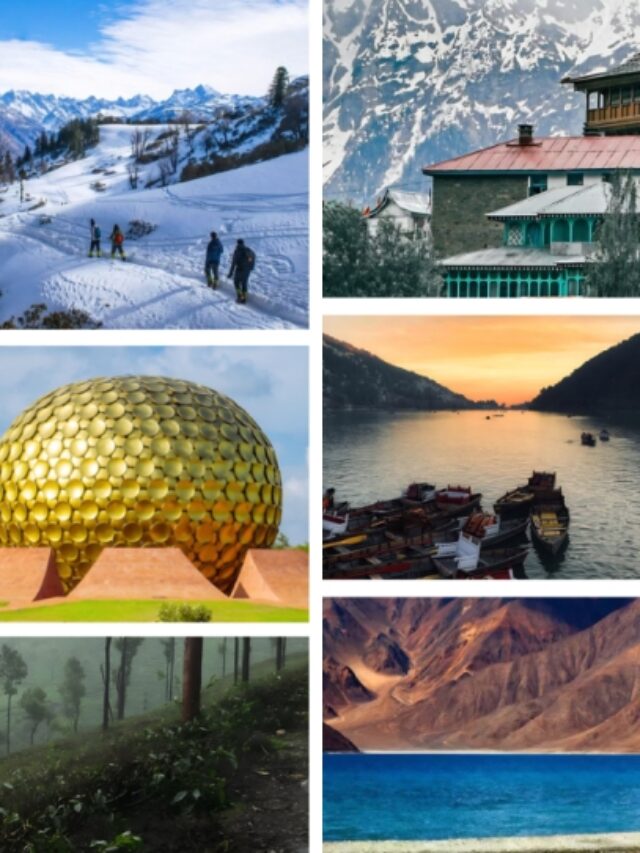

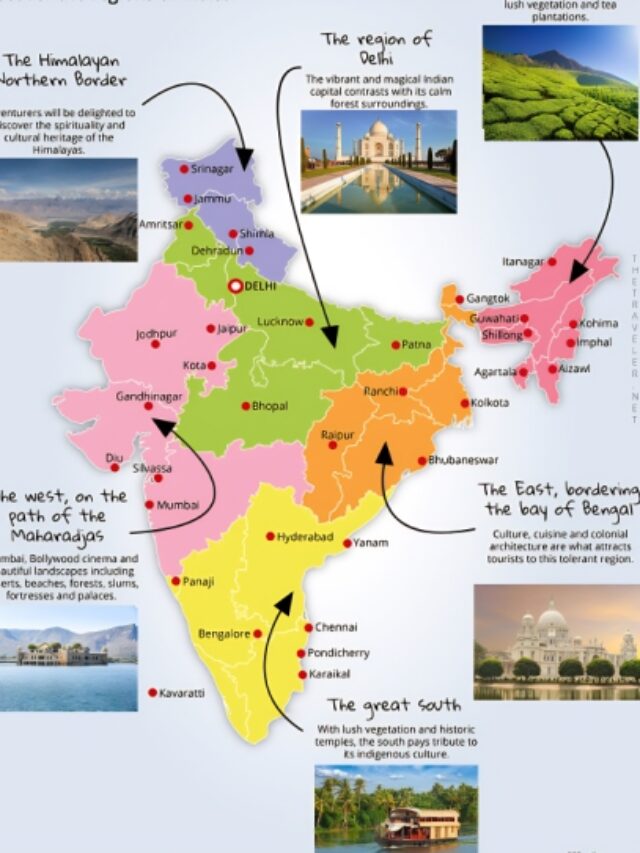


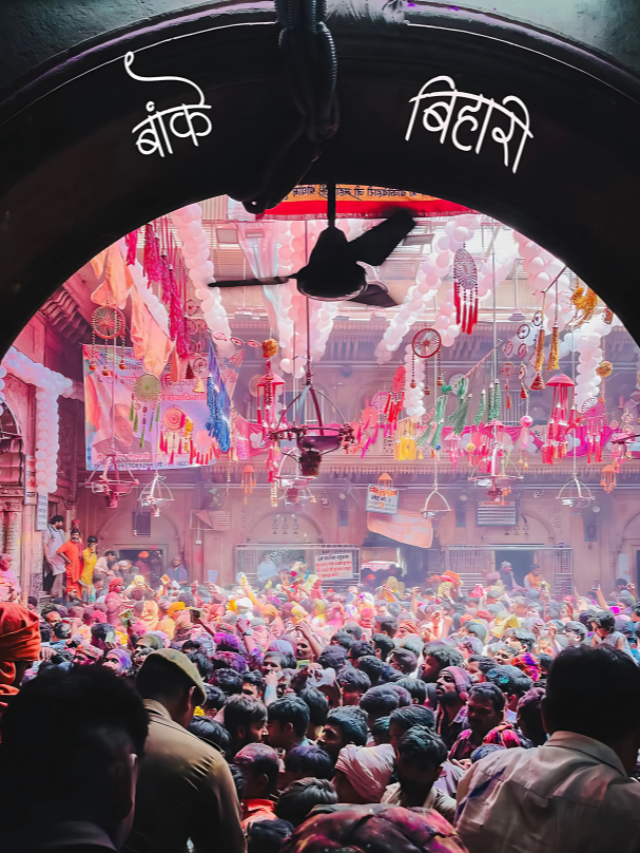



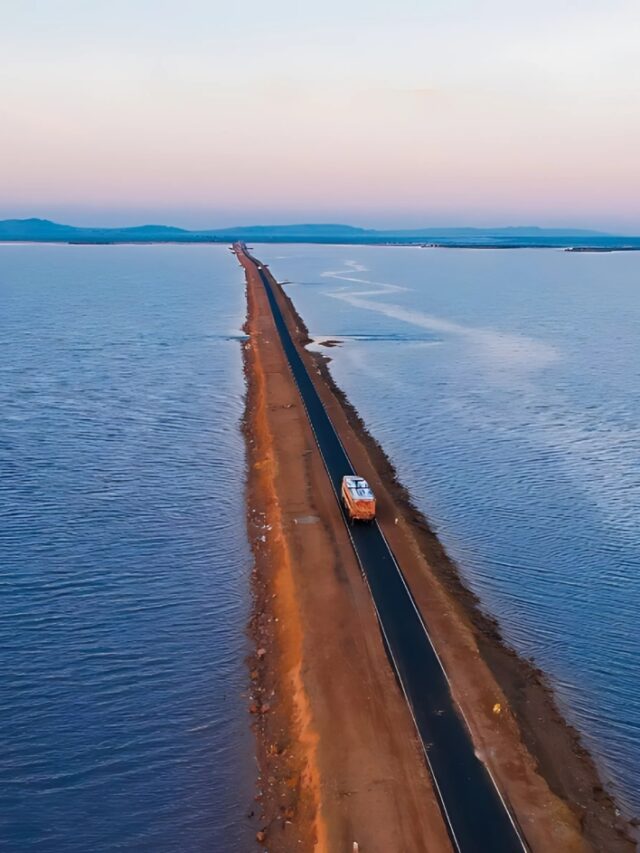

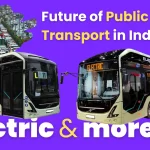




Leave a Reply